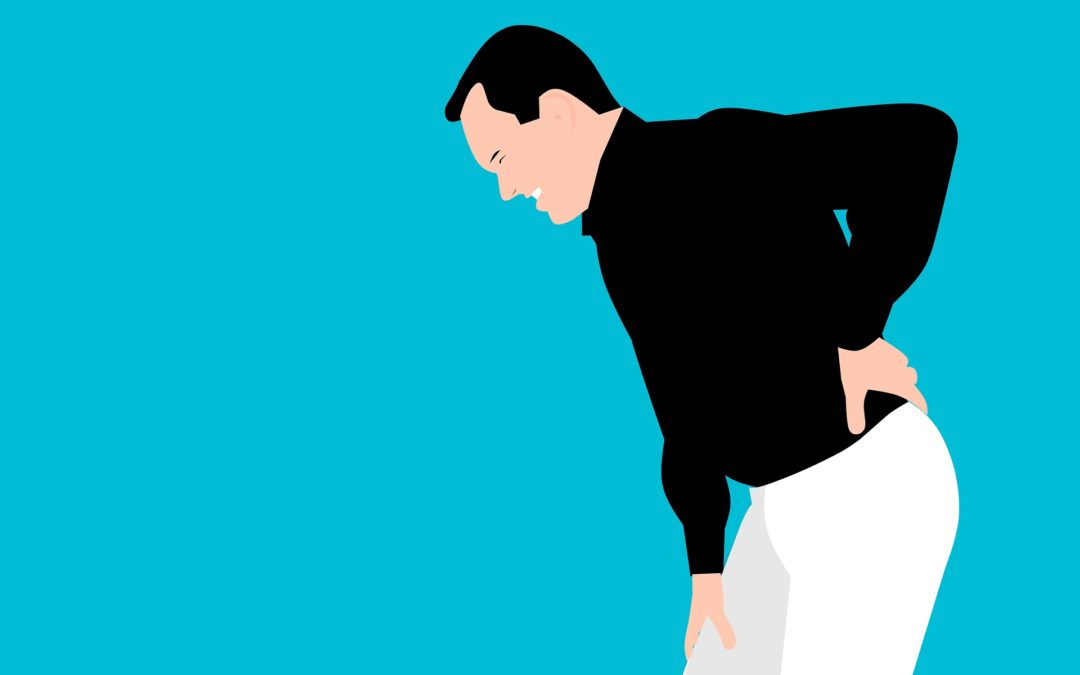Everyone has it at some point in their life, whether it’s from posture, picking up something heavy, working at a desk all day, or some other reason. Acute (short term) low back pain is something we all will experience at some point or another, but the real problem comes when this pain starts to last over 3 months… That’s when it becomes chronic low back pain. In fact, 1 out of 5 Americans between the ages of 20 – 59 have chronic low back pain1, and this number only rises once we get older. So, what can we do about it?
Physical therapy is an evidence-based practice that the Centers for Disease Control and Prevention (CDC) cites that there is high quality evidence that physical therapy reduces pain and increases function immediately with improvements lasting for at least several months.
As a physical therapist, I can tell you that there are a lot of things that we commonly do that bring on low back pain. Let’s address those things first, because if we can stop it from happening in the first place, we’d save you the time (and pain) of going through it!
Don’t sit for hours on end working on the computer at your job
When you sit on a couch or at a chair, you place your hamstrings and hip flexors in shortened positions, it’s unavoidable and it’s the nature of sitting. However, doing this for hours on end causes your body to adapt to this position and actually decreases your muscle length, meaning you actually do have tight and short muscles when you sit for hours on end, weeks, months, and years on end. Luckily, the solution is actually really simple and can save you a lot of pain before it starts. You just need to stand and stretch for at least 1 minute every 20-30 minutes of sitting; this stops that adaptive shortening of your muscles and prevents tightness.
Exercise
Meta-analysis and scientific studies are confirming this: exercise is critical for alleviating chronic low back pain. While general exercise also has high evidence (think of squats, lunges, walking, rowing), some studies suggest motor control exercises can be even more beneficial. These exercises involve deep lumbar stabilizer muscles such as multifidus and transversus abdominis contracting while dynamic movements are being performed. An example is the “dead bug”. Exercises that teach and train you to move your body in various ways while keeping the core contracted are good for you.
McKenzie method of exercise
The McKenzie method is based on the teachings of a world renowned physical therapist from New Zealand. He figured out that since so much of our time is spent bending forward while sitting, using computers, using cell phones, and slouching, the solution is to do the reverse; bend backwards. He designed progressive stretches and exercises that have been shown to relieve back pain significantly in many patients. The exercises start from as simple as lying face down with a pillow under your hips for a few minutes, progress to eventually doing a yoga cobra, and standing back extensions.
I hope this blog was helpful for you today. Remember, this isn’t medical advice. For your specific needs, you need a full assessment from a physical therapist who will work with you to identify the symptoms and source of your injury.
Looking to find a physical therapist near you? Use One Body to find the best physical therapist for you!
References
Meucci RD, Fassa AG, Faria NM. Prevalence of chronic low back pain: systematic review. Rev Saude Publica. 2015;49:1. doi:10.1590/S0034-8910.2015049005874

